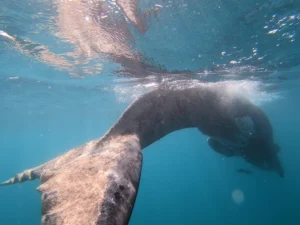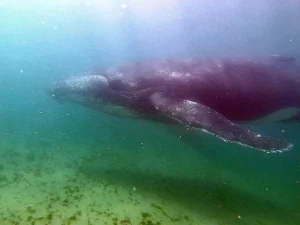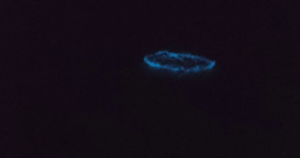Sea fans, also known as gorgonians, are a group of soft corals belonging to the phylum Cnidaria, within the class Anthozoa. These sessile colonial animals thrive in a variety of marine habitats, from shallow coral reefs to deeper continental slopes. Found predominantly in tropical, subtropical, deep sea and polar environments, their presence contributes significantly to the diversity and vitality of these ecosystems. Sea fans are often sighted during our kelp forest snorkeling experiences, particularly within MPAs.
Sea fans are characterised by their fan-shaped appearance, which is the result of a central axis, resembling the stem of a plant or the trunk of a tree, and numerous polyps working together in a complex colony, interconnected by a network of living tissue known as the coenenchyme. Despite their plant-like appearance, it’s important to note that sea fans are indeed animals. Coming in a wide array of colours, shapes, and sizes, they play a crucial role in marine ecosystems by providing habitat and refuge for numerous species, including small fish, crustaceans, and other invertebrates.
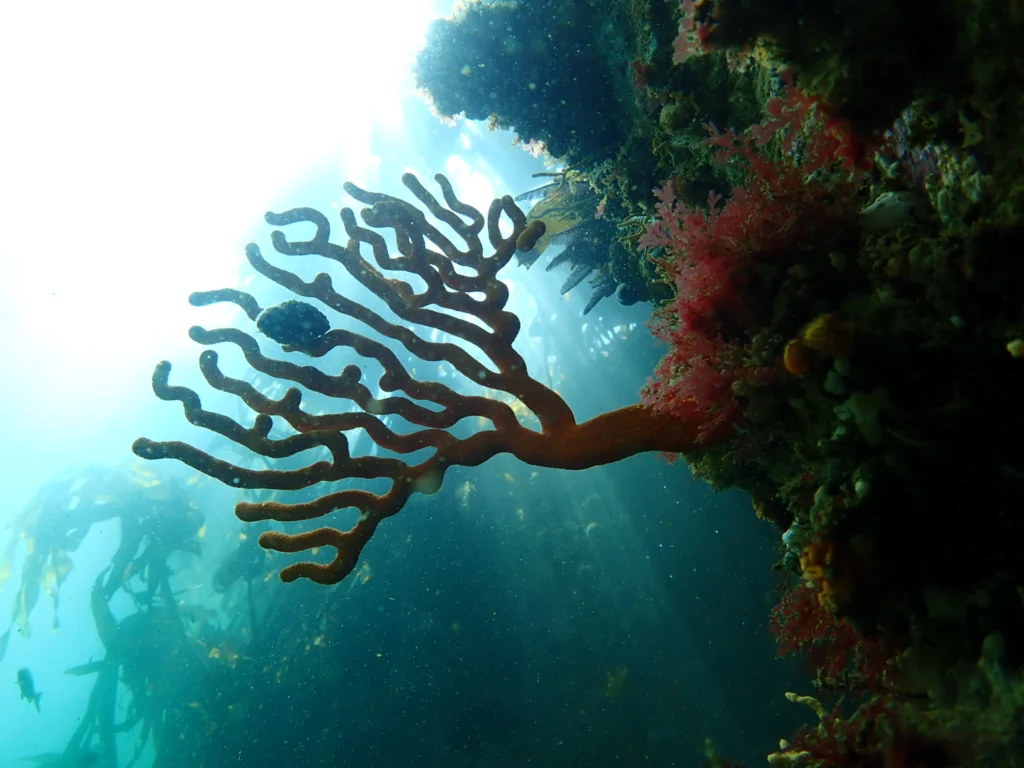
As filter feeders, sea fans utilise their polyps to capture food particles, such as phytoplankton and bacteria. Their growth pattern typically aligns with the prevailing current to optimise water flow over the polyps, facilitating efficient feeding. Within each polyp lies a digestive cavity, connected to adjacent ones via tubular structures in the surrounding tissue. To further aid their nutrient uptake, sea fans, like corals, harbour symbiotic algae called zooxanthellae within their tissues. These algae photosynthesize and provide vital additional nutrients to sea fans. Additionally, the filter-feeding activity of sea fans helps maintain water quality by removing suspended particles and plankton. This filtration process has the potential to improve the clarity of the water and benefit neighbouring reefs, which are sensitive to high turbidity.
Some species of sea fan reproduce sexually, when male and female colonies release gametes into the water for fertilisation. Thereafter, the fertilised gametes develop into swimming larvae, which eventually settle on the ocean floor to grow into polyps. From the initial polyp, new polyps sprout and multiply, forming a larger colony. However, sea fans can also reproduce asexually, through budding from a single polyp or establishing a new colony from a fragment of sea fan.
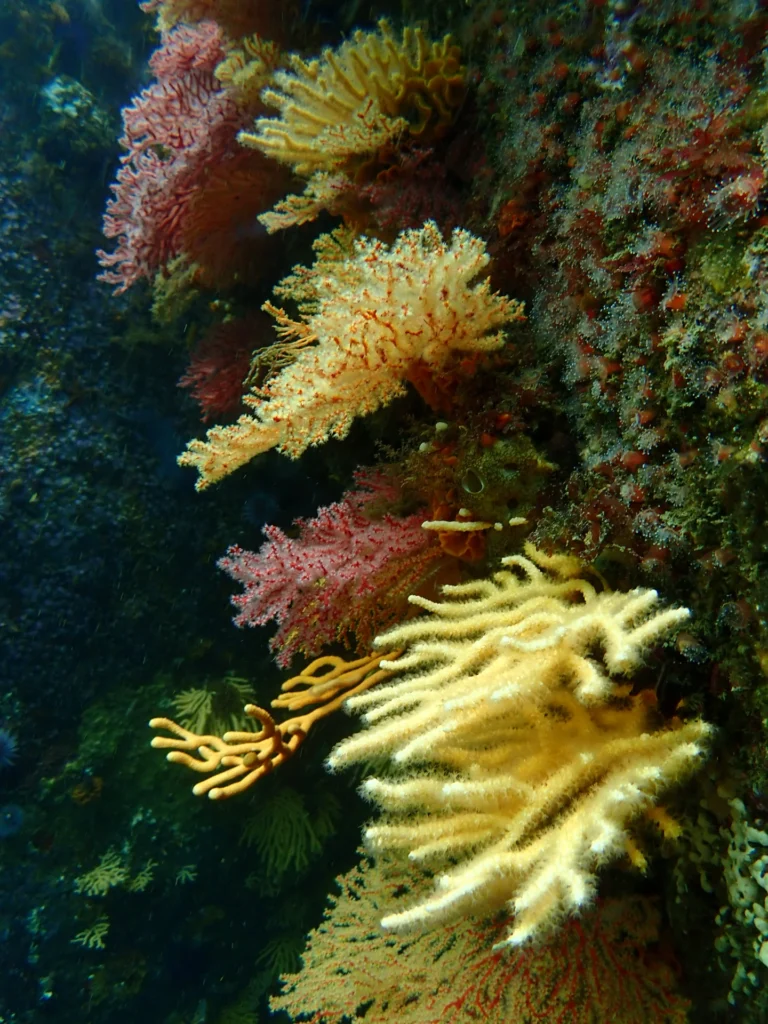
Unfortunately, as with many other marine creatures, sea fans face several conservation challenges. Habitat destruction, particularly due to activities like trawling and anchor damage, can devastate sea fan populations. Moreover, climate change, with its associated ocean warming and acidification, poses threats to the symbiotic zooxanthellae living within the sea fans, potentially impacting their health and longevity.
Furthermore, the trade of sea fans for the aquarium industry has led to overharvesting, and their slow growth rate makes recovery difficult. Several species are now protected under international conservation agreements, such as the Convention on International Trade in Endangered Species (CITES).
Sea fans are more than just underwater decorations; they are vital components of marine ecosystems, providing habitat, enhancing biodiversity, and contributing to water quality. Understanding and conserving these fascinating organisms is essential for maintaining the health and resilience of the oceans in which they are found.

